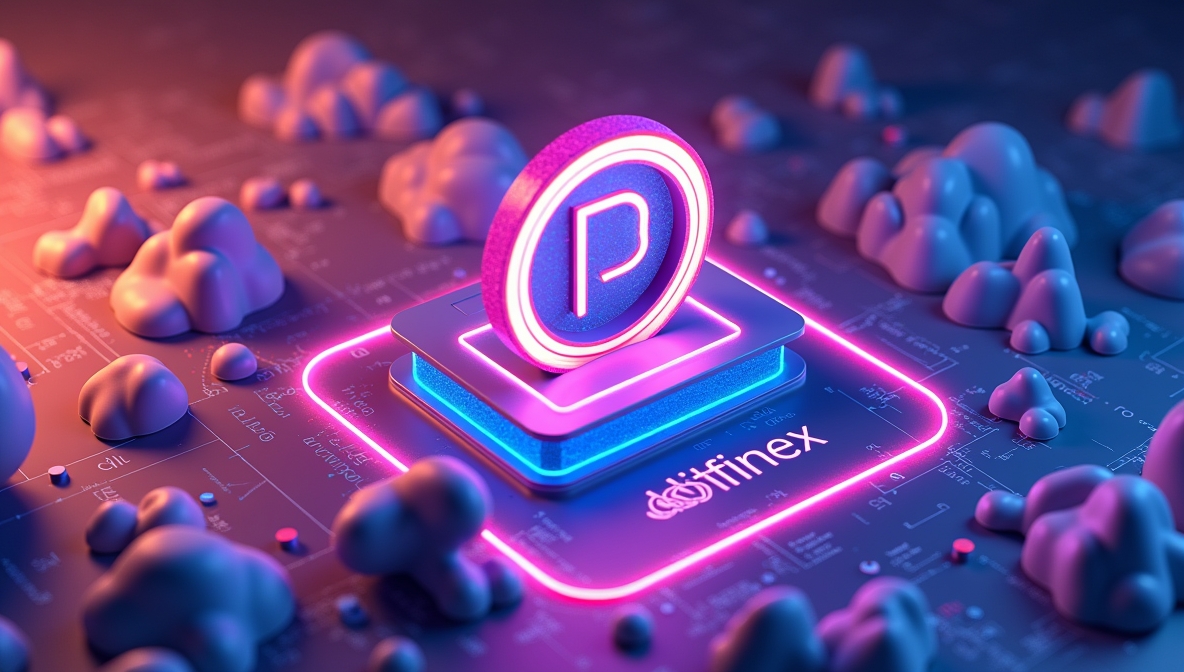Plasma, a next-generation Layer‑1 blockchain purpose-built for stablecoin transactions, has made a major splash in the crypto ecosystem. The project raised an impressive $373 million in its public token sale—overshooting its original goal by more than 7x. Backed by Bitfinex (the sister company to Tether), Plasma is now valued at $500 million, positioning itself as a major player in global stablecoin infrastructure and institutional DeFi.
A Token Sale That Surpassed All Expectations
Launched with a modest target of $50 million, the Plasma token sale closed on July 18, 2025, after raising $373 million from over 3,000 wallets in just 10 days. This dramatic oversubscription resulted in a fully diluted valuation of $500 million, with only 10% of the total 1 billion XPL tokens sold during the round.
On average, each participant contributed about $83,600, reflecting significant interest not only from retail investors but likely from institutional and high-net-worth buyers as well.
The token sale structure utilized a time-weighted deposit model, rewarding early and long-term participants with better allocations. This model, combined with rigorous smart contract audits, provided transparency and fairness—two essential components for trust in today’s crypto fundraising landscape.
The Vision: A Blockchain Built for Stablecoins
Unlike general-purpose blockchains, Plasma is optimized specifically for stablecoin transactions, such as those involving USDT (Tether). It promises zero-fee, fast, and programmable stablecoin payments—a game-changer for cross-border finance, remittances, and institutional settlements.
Plasma uses a hybrid architecture combining the UTXO model from Bitcoin (known for its simplicity and security) with EVM (Ethereum Virtual Machine) compatibility, which enables smart contract execution and DeFi protocol support.
“Plasma is built from the ground up to be the best blockchain for stablecoins,” said Paul Faecks, founder of Plasma. “We aim to power the next generation of programmable finance with the security of Bitcoin and the flexibility of Ethereum.”
Backed by Bitfinex and Strategic Investors
Plasma’s success isn’t just measured in dollars raised—it’s backed by some of the most influential players in crypto.
Earlier in 2025, the project secured $24 million in seed and Series A funding from investors including Framework Ventures, Bitfinex/Tether, Founders Fund, Nomura, Bybit, Flow Traders, and DRW. These backers bring not just capital, but deep industry networks and technical know-how.
Importantly, Paolo Ardoino, CEO of Tether and CTO of Bitfinex, is an active supporter of the project. This connection adds credibility and access to one of the largest stablecoin ecosystems in the world.
A Perfect Storm: Regulatory Momentum with the GENIUS Act
The token sale’s timing was no coincidence. On the same day Plasma closed its public raise—July 18, 2025—the GENIUS Act passed in the U.S., creating the first comprehensive federal framework for USD-backed stablecoins.
The act provides clear legal guardrails for compliant stablecoin issuance, enabling institutional investors to participate in projects like Plasma with greater confidence. The simultaneous regulatory clarity and token sale success suggest strong alignment between policy momentum and on-chain innovation.
Use Cases: From Remittances to Institutional DeFi
Plasma’s design is tailored for real-world financial applications:
-
Instant, zero-fee USDT transfers — ideal for cross-border remittances.
-
Support for DeFi protocols like Aave, Curve, Ethena, and MakerDAO.
-
Tokenization of real-world assets (RWAs), including money markets, government bonds, and stable-yield products.
-
Expansion into emerging markets, including partnerships with fintechs like Yellow Card in Africa and Latin America.
By optimizing for scalability, compliance, and interoperability, Plasma aims to become the go-to blockchain for stablecoin-powered finance, including yield products, payments, and on-chain money markets.
Institutional Confidence and Technical Transparency
The token sale was run using audited smart contracts developed by Veda, a platform that manages over $2.6 billion in total value locked (TVL). The contracts supported transparent deposits, rewards allocation, and fund custody—crucial for institutional involvement.
Moreover, Plasma’s decision to use on-chain metrics to calculate time-weighted allocations demonstrates its commitment to transparency and user fairness.
Challenges Ahead: Execution, Scaling, and Competition
While Plasma has generated excitement, several challenges lie ahead:
-
Mainnet Launch: The blockchain is expected to go live in Q3 2025. Delivering on promises like zero-fee USDT transfers at scale will be the ultimate test.
-
Scalability and hybrid architecture: Combining Bitcoin’s security model with Ethereum’s smart contracts introduces technical complexity that must be flawlessly executed.
-
Competition: Other Layer-1 and Layer-2 chains, like Solana, Avalanche, and Base, are also courting stablecoin users and institutional finance.
-
Token Distribution Scrutiny: While most wallets received less than $100,000 in allocation, some observers noted potential early contract access that could raise fairness concerns. Plasma has not yet responded publicly to these allegations.
Still, with strong capital reserves, regulatory alignment, and a clear go-to-market strategy, Plasma appears well-positioned to navigate these challenges.
Strategic Importance: Why Plasma Matters
The success of Plasma is not just about a well-funded startup—it could represent a paradigm shift in blockchain infrastructure:
-
It illustrates institutional appetite for stablecoin-native platforms.
-
It validates public fundraising models that prioritize transparency and fair allocation.
-
It shows that blockchains purpose-built for financial use cases—not general-purpose dApps—may lead the next wave of adoption.
-
It underscores the growing importance of Layer-1 blockchains that combine compliance, programmability, and economic efficiency.
Plasma’s rise also signals a broader movement away from speculative tokens toward infrastructure that supports real-world use cases and monetary systems.
Final Thoughts
The Plasma token sale is one of the most successful blockchain fundraising events of 2025—and for good reason. With a sharp focus on stablecoin utility, strategic backers, and perfect timing alongside favorable U.S. legislation, Plasma is entering the market with strong momentum.
In summary:
-
$373M raised from over 3,000 wallets
-
$500M valuation with 10% of XPL distributed
-
Backed by Bitfinex, Framework Ventures, Founders Fund, Nomura, and more
-
Built for zero-fee stablecoin payments, DeFi, and institutional finance
-
Regulatory tailwinds from the GENIUS Act
-
Mainnet and protocol expansion expected in Q3 2025
If Plasma delivers on its promises, it may not just become another blockchain—it could be the cornerstone for the next era of programmable money.





